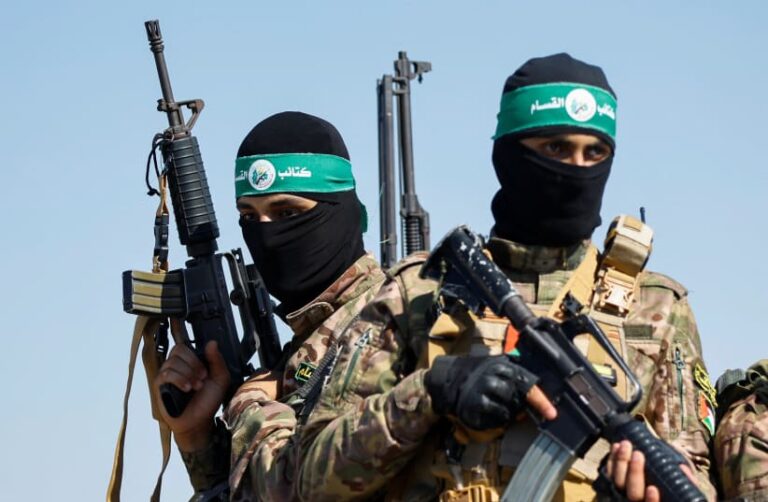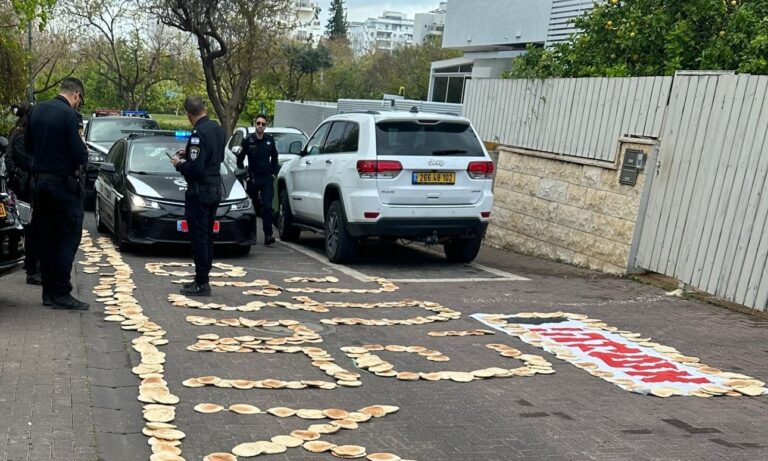After more than three weeks of waiting, on Friday night after midnight, the Israeli Air Force launched Operation Days of Repentance, targeting strategic sites deep in Iran.
Kan News reported that Israel is maintaining silence about the damage caused in Iran to the 20 targeted sites but sources familiar with the matter have stated that significant damage was inflicted on Iran’s air defense systems and ballistic missile production capabilities. Ynet reported that IRGC command facilities incurred significant damage as well.
The Saudi Elaph site reported that Israel hit an important factory used for the production of Iranian ballistic missiles. A source knowledgeable about the details claimed that Israel targeted a solid fuel production plant used to propel the ‘Khyber’ and ‘Qassem’ missiles, known for being fired towards Israel in the Iranian assault on October 1st.
The source emphasized that this factory is considered the “backbone of Iran’s missile industry” and claimed that “Israel rendered it inoperable.”
Reports indicate that four buildings at the covert military facility located in Parchin near Tehran were damaged. The facility is regarded as relatively new and advanced, and it is believed to have been used by Iran as part of its nuclear program.
According to the same source, about 20 “planetary mixers” [a key component in fuel production for ballistic missiles] were destroyed, each valued at least two million dollars. Experts familiar with Iran’s missile industry told the Saudi site that it would take at least two years to restore the factory to operation.
Channel 12 News reported that more details are expected to emerge later, but for now, it can be concluded that Iran’s air defense capabilities have been damaged to an extent that will take years to restore.
The impact on Iran’s air defense system allows the Israeli Air Force unprecedented operational freedom over Iran will facilitate further strikes in the future.
The attack also caused significant damage to Iran’s production capabilities of ground-to-ground missiles—damage that will take the regime years to recover from.
According to Channel 12, the strike in Iran is not only an act of retaliation for the attack on October 1st but also an opportunity for Israel and momentum for further attacks.
Iran has tried to downplay the reports on the scale of the attack, but footage from Iran reveals the extensive damage caused to the bases.
According to the Kan report, the attack utilized capabilities that the Israeli Air Force built over two decades – in operational, aerial, and intelligence aspects.
Dozens of fighter jets, refuelers, and intelligence planes participated in the attack, flying about 1,500 kilometers. The Air Force has conducted many long-range strike exercises in recent weeks, including flights in various formations, with refueling carried out en route to the target. According to protocol, the planes were armed with different types of munitions, some carrying bombs and others missiles for interception to secure the planes in the air and to enable air combat. Based on past experience from the Air Force’s strikes in Yemen, many squadrons participated in the attack with a variety of aircraft, each with different capabilities according to their missions.
“This is one of Israel’s most successful operations to date,” a senior Israeli official told Ynet. “All designated targets were hit and damaged. It was a show of strength that has bolstered deterrence.”
“The logic here is not just deterrence but also securing an advantage should further rounds of blows arise,” the official continued. “Iran’s ground-to-ground missile production capabilities have been disrupted for a considerable period, a significant achievement. After this operation, Iran is left weaker, with compromised defenses and diminished production capacity. We’ve created new strategic room for action while enhancing deterrence.”
(YWN Israel Desk – Jerusalem)












5 Responses
Stop your כחי ועצם ידי and learn that אם ה’ לא ישמור עיר שוא שקד שומר!
David while that’s true let’s not forget koros hatov. These men out their lives at risk for klal Yisroel. Prayer and Torah study is critical. But these men are the mighty men from Torah who fought Israel’s wars in tanach.
It doesn’t matter what they think. If there was success, regardless how it came, it means all the tehilim and torah that everyone has been making an effort to increase in, is helping protect us.
DavidtheKanoi:
It’s not only אם ה’ לא ישמור עיר; the whole Zionist enterprise is a treifa.
We need to appreciate the good that Hashem did for us.
And yes, we need to thank the soldiers who are fighting for us, even if we know that it’s not us who need their protection.
At the same time, we need to increase our Yeshivos and Kollelim.
Do you know that there were 400 kollelim on the waiting list for Adopt-A-Kollel??? What’s going to become of the next generation?
We need to shmear the chief justices to drop the evil decrees!
The Simchas Torah pogrom reminded us that Bnei Yeshivos do not have to participate in the defense because we are already protected (as the Gemara says in Bava Basra).